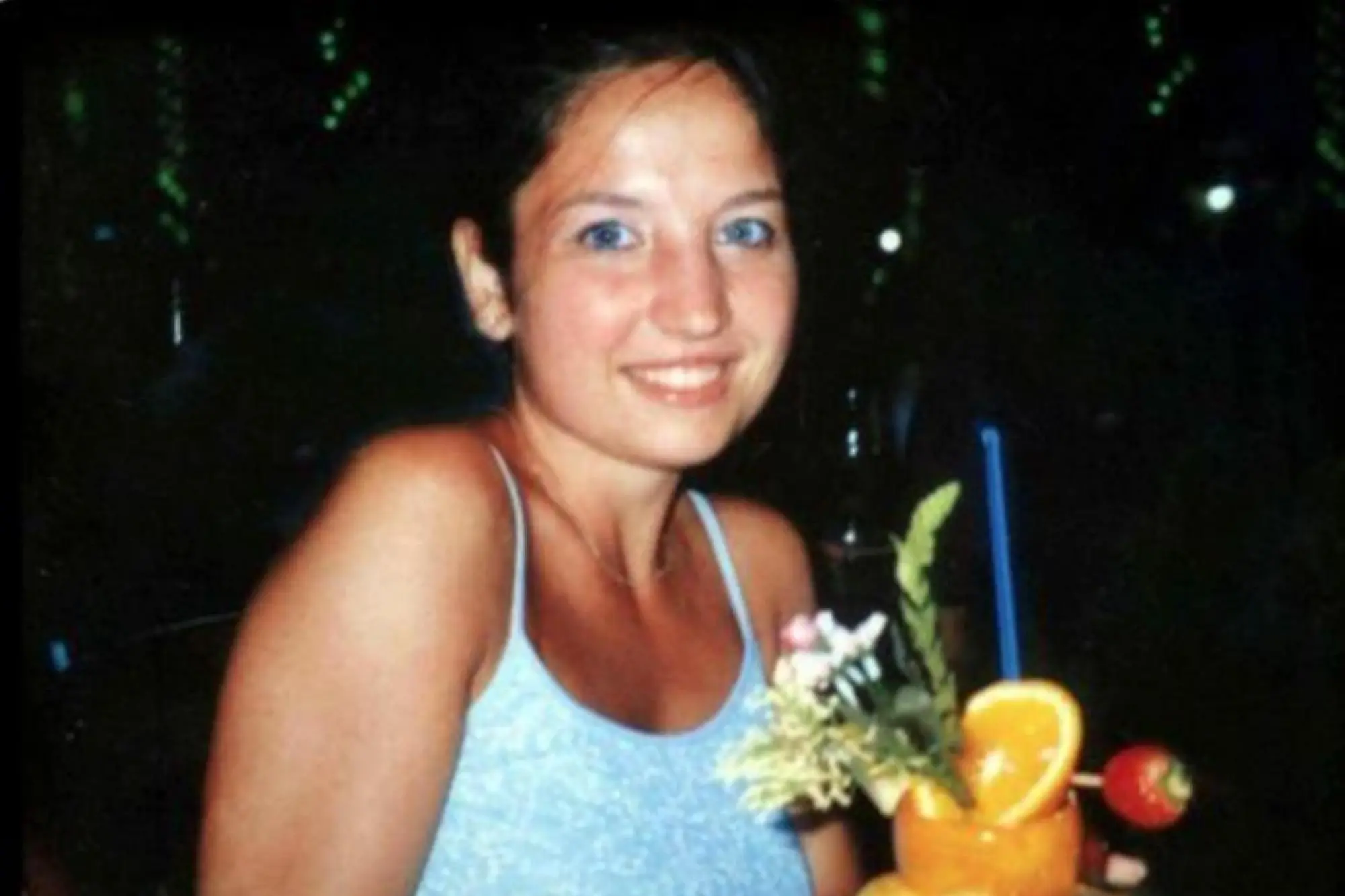DNA reopens the Garlasco case: who killed Chiara Poggi?
The investigation is now in the hands of the investigating judge Daniela Garlaschelli, who is presiding over the preliminary investigation.Per restare aggiornato entra nel nostro canale Whatsapp
Eighteen years after Chiara Poggi's murder, which took place on August 13, 2007 in Garlasco, the case has returned to the spotlight with a vengeance: a new investigation has been launched that shakes the foundations of a definitive conviction, rekindling the interest of the media and public opinion.
On March 11, the Pavia Public Prosecutor's Office placed Andrea Sempio, a former friend of Chiara's brother Marco, under investigation for conspiracy to murder. This decision launched an investigation that appears to be redefining the entire case.
At the center of the new analyses: a male DNA profile – previously unrelated – found in the oral swab performed on Chiara.
Recently restored, this track, renamed “Unknown 3,” appears to have been ruled out as recent contamination and is now being compared with the profiles of suspects potentially close to the incident.
The investigation is also focusing on other elements that have not been examined until now. The famous "33" fingerprint found on the cellar walls, reanalyzed with new technologies, is now believed to be Sempio's, with 15 matching fingerprints.
Another detail: the sink mirror, on which four black hairs and traces consistent with the hypothesis that the killer looked at himself in the mirror before fleeing the house were found.
The Poggi family's lawyers, led by Gian Luigi Tizzoni, are strongly contesting the new investigation and characterizing the opening of this proceeding as an attempt—the seventh—to overturn Alberto Stasi's final conviction. At the same time, however, the family has joined the new proceedings as an injured party, seeking to participate in the DNA, fingerprint, and other evidence analyses still to be examined.
Numerous critical issues appear to emerge from a rereading of the original evidence. Stasi's computer, seized at the time without a forensic copy, contained deleted files and visited pornographic websites: evidence that was only reliable in a belated judicial proceeding. The cell phone records had been acquired in a limited manner, excluding individuals who are now once again the focus of the new investigations.
The case is currently in the hands of investigating judge Daniela Garlaschelli, who is presiding over the preliminary investigation : Sempio's DNA will be sampled to compare it with the "Unknown 3" profile, while tests will be carried out on the blood, fingerprints and shoe left at the crime scene.
Meanwhile, prosecutor Fabio Napoleone has called on everyone to be rigorous , stressing that he will only publish clear communications once the official analyses are completed, avoiding unfounded media speculation.
For many, the 2015 sentence that sentenced Alberto Stasi to 16 years remains final. But today those certainties are shaken by new evidence. Is it possible to hypothesize that not only was there an accomplice, but even a separate, direct perpetrator of the crime?
The Garlasco case, which has made media speculation and scientific controversy its hallmarks , is now suspended between the strength of the genetic evidence on “Unknown 3” and the need to defend a sentence that has immediately “divided” public opinion.
And once again, many are wondering: who really killed Chiara Poggi?
(Unioneonline/Fr.Me.)
